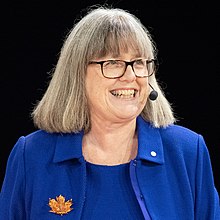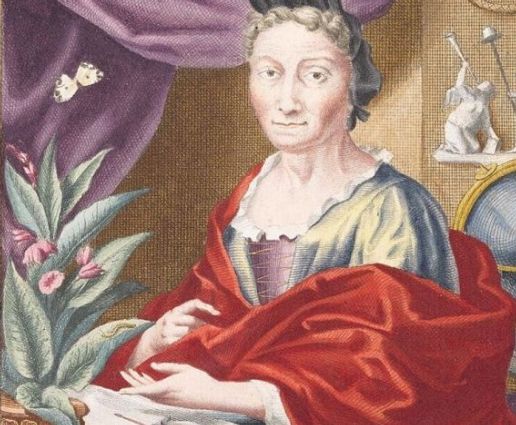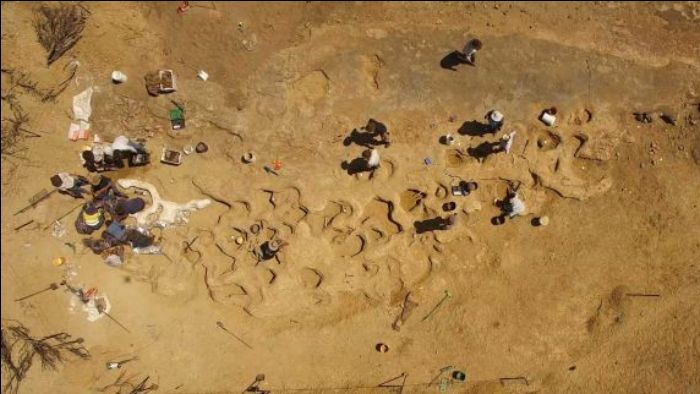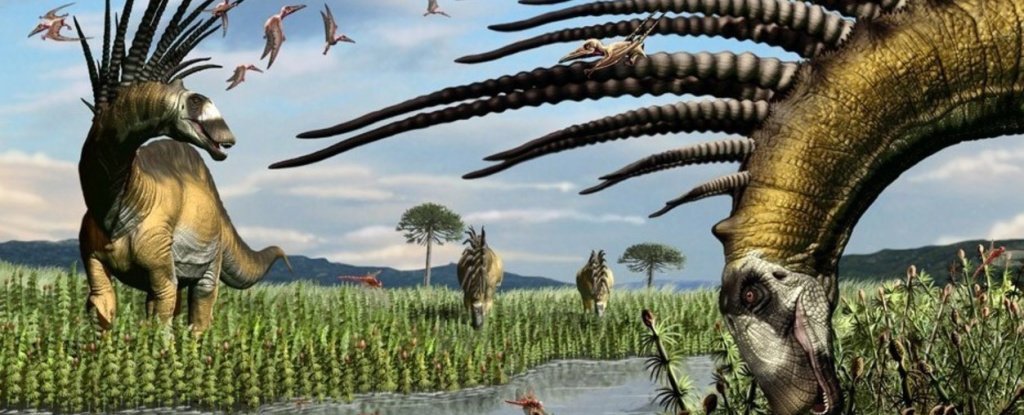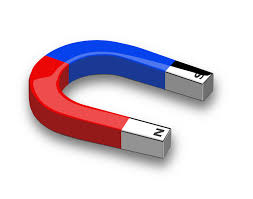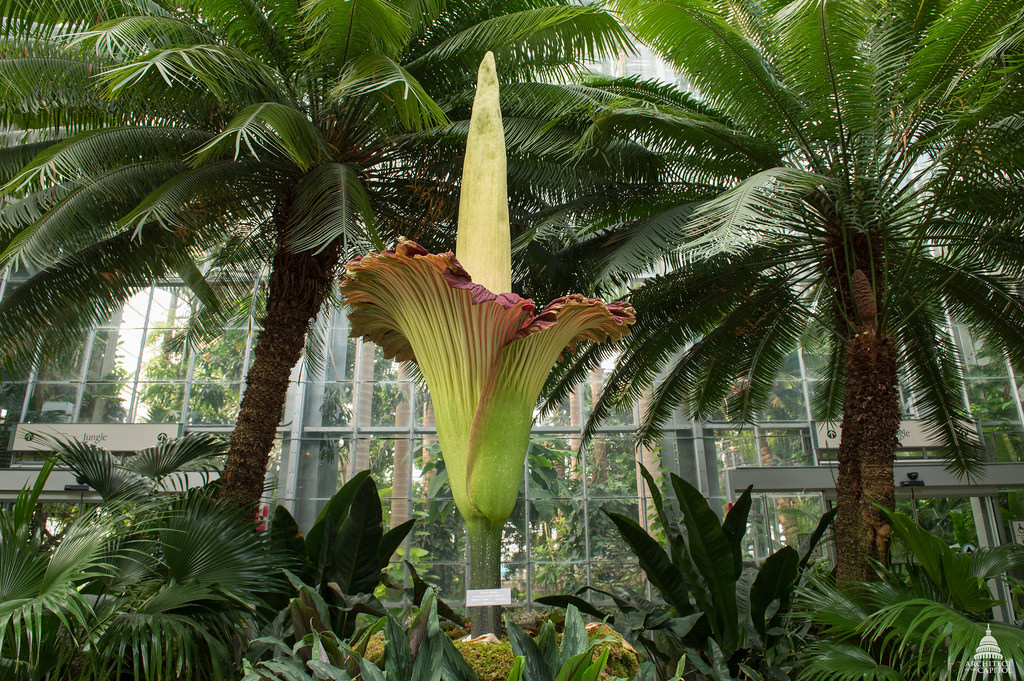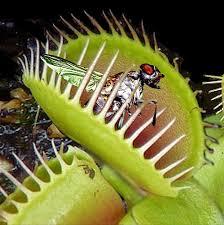Donna Strickland: 21st Century Physicist
Amanda Marasco2021-02-03T08:49:23+11:00In 2018, Canadian mum of two Donna Strickland became only the third woman ever to win the Nobel Prize for Physics, following in the footsteps of fellow science mums Marie Curie (1903) and Maria Goeppert Mayer (1963). Donna shared her prize with her collaborator Gerard Mourou, for their work on high intensity laser pulses, and with Arthur Ashkin for his work on 'optical tweezers'. In her acceptance speech, Donna quoted the Cyndi Lauper song 'Girls Just Wanna Have Fun', saying 'I don't want to wait 'til the working day is done. I want to have fun at work.' You can read more [...]

